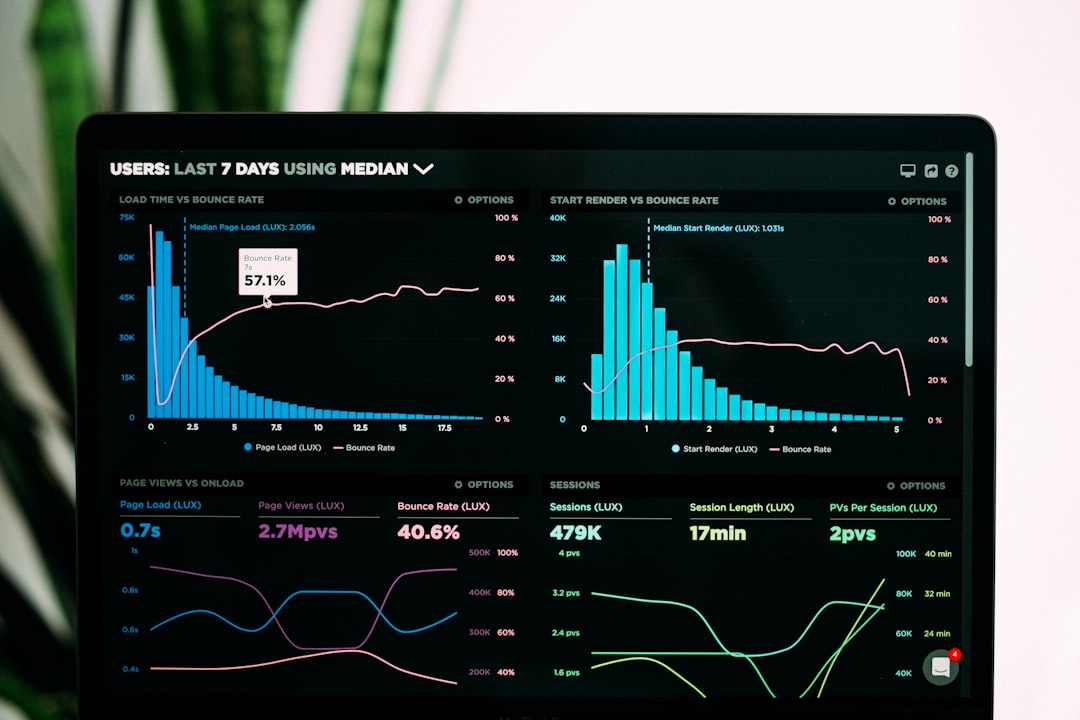
The Impact of Globalization on Local Economies: A Comprehensive Analysis
# Introduction. Globalization has become a defining phenomenon of our age, shaping economic landscapes and societal structures across the globe. This increased interconnectedness among countries has far-reaching implications, especially for local economies. While globalization can enhance growth and competitiveness, it can also present challenges, often leading to unintended consequences. This article explores the complex relationship between globalization and local economies, examining both its advantages and disadvantages. # Understanding Globalization and Its Mechanisms. Globalization refers to the process through which businesses, cultures, and economies become interconnected across borders. It encompasses various dimensions, including economic, political, social, and technological aspects. Economically, globalization manifests through trade agreements, investments, and the free movement of capital and labor. Trade liberalization has played a significant role in facilitating globalization. It has allowed countries to specialize in the production of goods and services where they have a comparative advantage, thus exposing local economies to international competition. While this can drive efficiency, it can also lead to the decline of local industries that cannot compete with cheaper, imported goods. Furthermore, advancements in technology and communication have accelerated the globalization process, enabling rapid information exchange and the rise of international supply chains. # The Positive Effects of Globalization on Local Economies. Globalization often stimulates local economies by providing access to larger markets. For many local businesses, exporting goods can lead to increased sales and profits, creating job opportunities and boosting local employment. Furthermore, globalization encourages the inflow of foreign direct investment (FDI), which can facilitate the transfer of technology, skills, and knowledge, thereby enhancing local productivity. Moreover, globalization promotes innovation through increased competition. Local companies must adapt to rapidly changing market conditions, fostering a culture of innovation to stay relevant. This can lead to improved products and services, enriching the local economy. Additionally, globalization can enhance consumer choice. With open markets, consumers have access to a broader range of products at various price points, catering to diverse preferences and needs, leading to improved standards of living. # The Negative Consequences of Globalization on Local Economies. Despite its advantages, globalization poses significant challenges to local economies. One primary concern is the vulnerability of local businesses to international competition. Small and medium-sized enterprises (SMEs) may struggle to compete against multinational corporations that benefit from economies of scale and greater access to resources. This can lead to job losses and declining economic stability in localized sectors. Another consequence of globalization is the potential for cultural homogenization. As global brands dominate the market, local businesses and traditions may struggle to maintain their uniqueness, leading to a loss of cultural identity. This aspect raises concerns about the environmental impact as well; increased production often comes at the cost of environmental degradation, threatening local ecosystems. Additionally, while globalization brings FDI, it can also lead to unsustainable practices. Foreign investors may prioritize short-term gains over long-term sustainable development, exploiting local resources without contributing significantly to the local economy. # Striking a Balance: Globalization and Local Economies. As the interplay between globalization and local economies becomes increasingly complex, governments and local stakeholders must seek strategies that maximize benefits while mitigating adverse effects. Policymakers can implement measures such as supporting SMEs, promoting fair trade, and establishing regulations that safeguard local industries and culture. Investing in education and skill development within the local workforce is also essential to ensure that workers can adapt to the changing economic landscape. Entrepreneurial support programs can empower local businesses to compete effectively in a global marketplace while preserving their local culture and economic sustainability. # Conclusion. Globalization is a double-edged sword with the potential to uplift and challenge local economies simultaneously. By fostering economic growth and innovation, it can enrich communities but also pose severe threats to local businesses and cultural identities. Understanding this complex relationship enables stakeholders to develop informed policies and strategies that can leverage the benefits of globalization while safeguarding local interests. Ultimately, the goal should be to create a balanced approach that nurtures economic growth without compromising the unique characteristics that define local economies. # Images Search Tags. Globalization impact on local economies, trade agreements and local businesses, foreign direct investment effects, cultural homogenization in local markets, supporting small businesses in globalization. .








